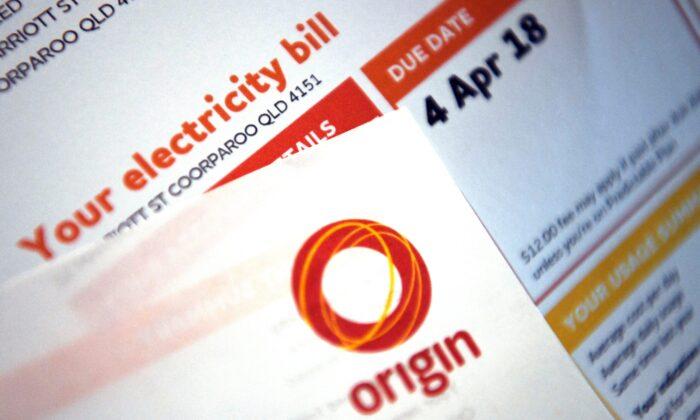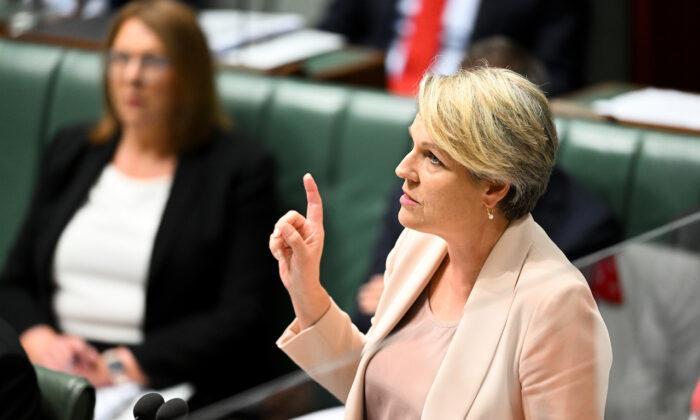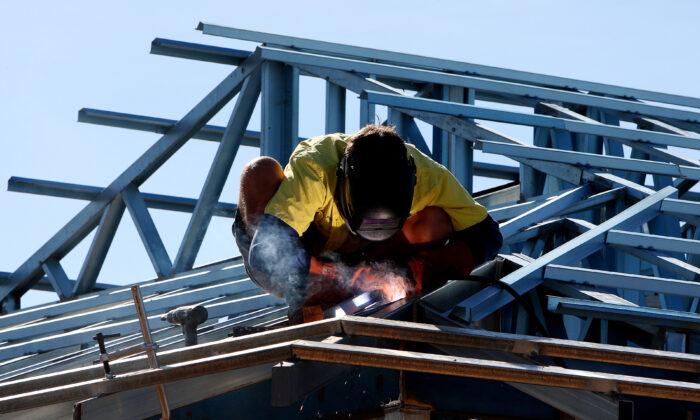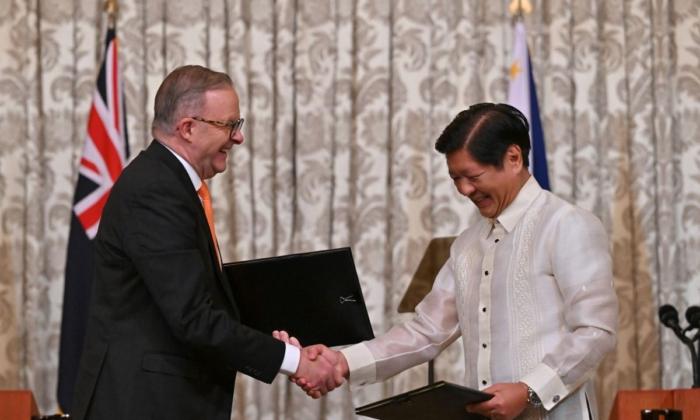“Apocalyptic” energy prices are testing the new Australian government with Prime Minister Anthony Albanese conceding there is little it can do to alleviate the burgeoning crisis which has hit amid a winter polar vortex.
“The short-term challenges, the immediate challenges which are there are a product of things beyond any government’s control, with regard to what has occurred with Russia and Ukraine, and the consequential significant hike in global prices are beyond people’s control,” he said.
“But what was in the government’s control was actually having an energy policy. And we’ve been through nine years of no energy policy. We had a lot of rhetoric from the former government about a gas-fired recovery for year, after year, after year and no real policy changes were put in place that are appropriate. This is a direct consequence.”

He also said that the federal government would be taking up an offer from Woodside Energy Group to ship LNG cargo to the eastern parts of the country. Resource Minister Madeline King is currently speaking with Australia’s big energy providers.
“We’re talking through with the sector how we can alleviate the immediate real pressure which is on businesses and households,” Albanese said.
However, opposition leader Peter Dutton responded saying Albanese was re-writing history, AAP noted.
“This government went to the election saying they had the answers and clearly they don’t. You look at [Energy Minister] Chris Bowen now, he is like the bunny in the headlights and he has no idea which way to go,” Dutton said.
“I think the government has to take responsibility for what is a serious issue. They have got the ability and the legislation there to deal with this and they don’t know what they should do.”
The polar vortex from the south has caused temperatures to drop in Victoria, South Australia, Tasmania, New South Wales, and the Australian Capital Territory.
The Australian Energy Market Operator triggered the Gas Supply Guarantee Mechanism on June 1—essentially a cap on wholesale gas prices. This is the first time the measure has been used since it was introduced by the Coalition government in 2017 as a security measure for power generation.
Deputy Prime Minister Richard Marles said the government would assess all options and mechanisms that could counter shrinking gas supplies.

“We'll be meeting with the regulator (and) with our state counterparts in a ministerial meeting next week to look at every available option here,” Marles told the Nine Network. “The regulators already said that in initiating the gas supply mechanism they’re already seeing more gas supply into the southeast corner of the country and that should have a short-term impact.”
The head of the Australian Industry Group, Innes Willox, said there was no simple solution to the problem.
“Apocalyptic rises in energy prices threaten chaos for industry and pain for households. They demand a national, integrated and strategic response,” he said in a statement.
“All of Australia’s former energy strengths—our reliance on the legacy coal generation fleet, large gas resources and a deep entanglement with export energy markets—are working against us in the current circumstances.
“But all of our new energy options—from renewables and storage to biogas, hydrogen and energy efficiency—are hard to accelerate amid global supply chain woes, skills constraints, and unease from communities around energy megaprojects.”

Meanwhile, Australia’s leading advocate for large commercial and industrial energy users, the Energy Users’ Association of Australia (EUAA), has called for the gas industry to step up to minimise damage to the domestic economy, while calling for governments to create gas reserves.
The peak body said that while it was true global events were pushing gas and electricity prices to “stratospheric levels,” the cost of extracting these resources has not materially changed.
“Some of these desperate measures could be avoided if all parties are focused on what is in the national interest where the gas industry works cohesively with governments and its customers to deliver affordably, yet still highly profitable, gas supply to the domestic market.”
Andrew Richard, CEO of EUAA, said the gas industry had a responsibility to ensure businesses and families were not burdened by high energy costs.
“The gas industry won’t go broke if they drop their prices but manufacturers will go out of business if they don’t,” he said.




